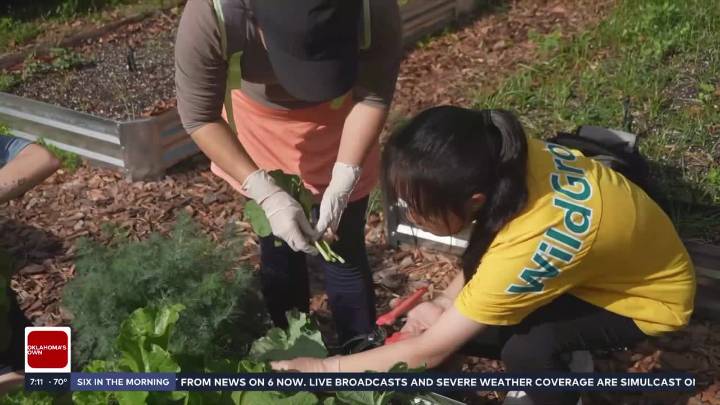Families across the country are transforming their front yards into edible gardens, replacing grass with fruits and vegetables that save money and boost nutrition.
Experts say most grocery store produce travels about 1,500 miles before reaching shoppers, often losing nutrients and carrying pesticides or microplastics. By contrast, homegrown food is fresh, local, and chemical-free.
Jason Victor’s family is among those growing their own groceries, with enough to share with neighbors. Their garden is part of a nonprofit program called Edible Landscapes, which helps convert unused lawn space into food-producing plots.
The USDA estimates about 60% of fruits and vegetables sold in the U.S. are imported, sometimes spending up to two weeks in transit. Advocates say growing food at home gives fa

 News on 6
News on 6

 AZ BIG Media Lifestyle
AZ BIG Media Lifestyle Bonner County Daily Bee Lifestyle
Bonner County Daily Bee Lifestyle East Idaho News
East Idaho News Nola Entertainment
Nola Entertainment FOX 10 Phoenix Crime
FOX 10 Phoenix Crime AlterNet
AlterNet Fit&Well
Fit&Well Reuters US Business
Reuters US Business Glam
Glam